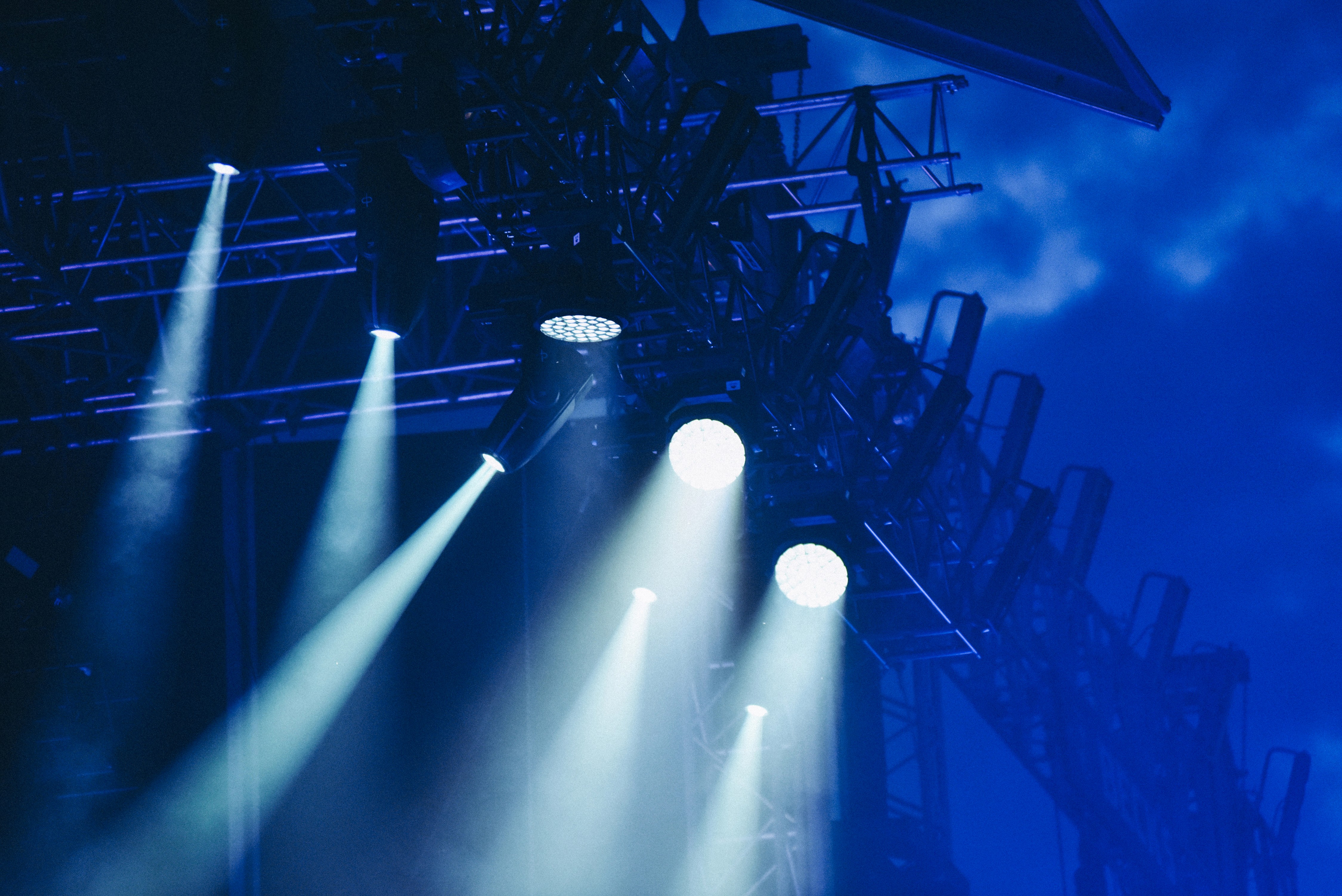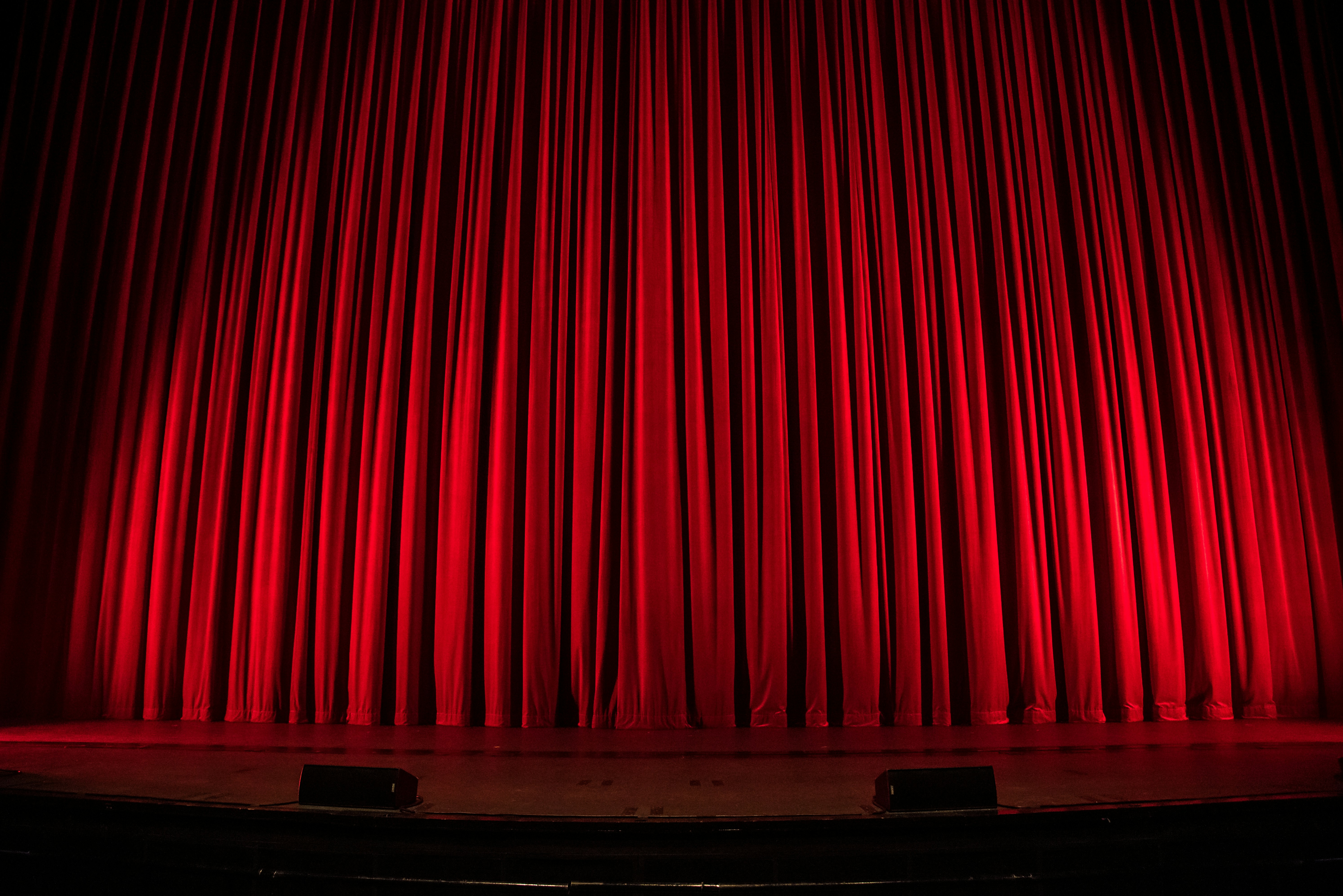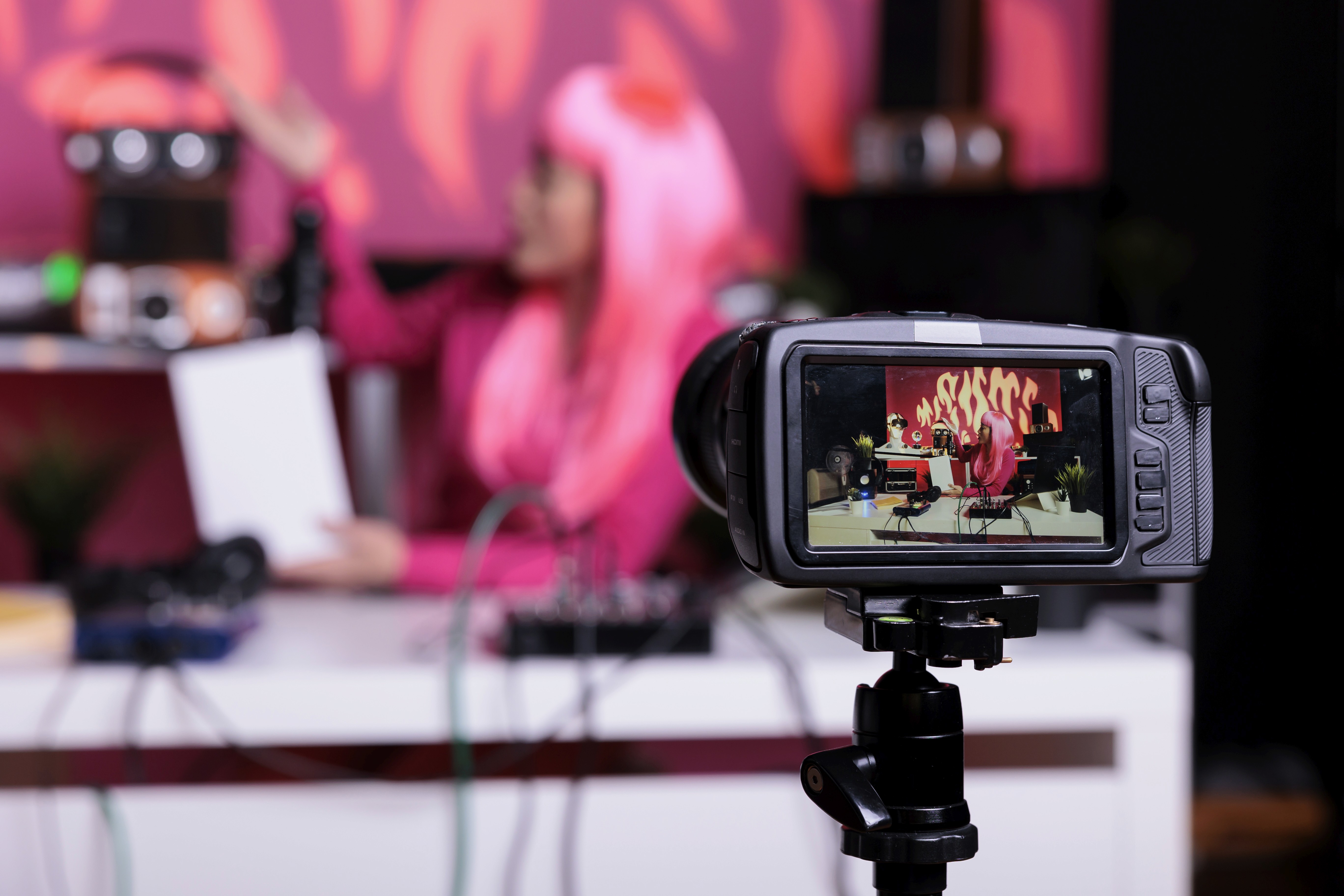Lighting Plot
Definition:
A "Lighting Plot" is a detailed plan showing the placement and type of lighting instruments used in a production. It serves as a blueprint for the lighting design, specifying the location, focus, color, and purpose of each light.
Detailed Explanation:
A lighting plot is an essential tool in theatrical and film production, providing a comprehensive visual guide for the lighting design. Created by the lighting designer, the plot outlines where each lighting instrument will be positioned, how it will be focused, and what type of light it will produce. This includes details such as the fixture type, color gels, gobos, and any accessories that may be used.
The lighting plot is typically accompanied by other documentation, such as cue sheets and lighting schedules, to ensure that all aspects of the lighting design are executed correctly during the production. By providing a clear and organized plan, the lighting plot helps the lighting team efficiently set up and adjust the lighting to achieve the desired effects.
Key Elements of a Lighting Plot:
Fixture Locations:
Exact placement of each lighting instrument on the stage or set, usually marked on a scaled drawing.
Fixture Types:
Specification of the type of lighting instrument, such as spotlights, floodlights, or LED fixtures, and their model numbers.
Focus and Angles:
Details on the direction and angle at which each light should be focused to achieve the desired illumination and effects.
Color and Gels:
Information on the color gels or filters to be used with each light to create specific hues and moods.
Special Effects:
Notations on any special effects, such as gobos, patterns, or moving lights, that will be used in the design.
Advantages of a Lighting Plot:
Clarity:
Provides a clear and detailed visual representation of the lighting design, ensuring everyone involved understands the plan.
Efficiency:
Streamlines the setup and adjustment process, saving time and reducing the potential for errors during installation and rehearsals.
Coordination:
Facilitates coordination between the lighting designer, technicians, and other production team members, ensuring a cohesive implementation of the lighting design.
Challenges of Creating a Lighting Plot:
Detail and Accuracy:
Requires meticulous attention to detail and precision to ensure that all aspects of the lighting design are accurately represented.
Adaptability:
The plot must be adaptable to changes and adjustments that may arise during rehearsals and performances.
Communication:
Effective communication is necessary to ensure that the lighting team correctly interprets and implements the lighting plot.
Uses in Performance:
Theatre Productions:
Lighting plots are used to design and implement the lighting for plays, musicals, and other stage performances.
Film and Television:
In film and TV, lighting plots guide the placement and use of lights on set to achieve the desired visual effects.
Concerts and Events:
Lighting plots are used in live events and concerts to create dynamic and visually engaging lighting designs.
Design Considerations:
When creating a lighting plot, several factors must be considered to ensure it is effective and practical:
Stage Layout:
The plot must accurately reflect the stage or set layout, including dimensions, obstacles, and key scenic elements.
Lighting Needs:
Consider the specific lighting needs of the production, including mood, visibility, and special effects.
Technical Constraints:
Account for the technical constraints of the venue, such as power availability, rigging points, and equipment limitations.
Conclusion:
A lighting plot is a crucial component of theatrical and film production, providing a detailed and organized plan for the placement and use of lighting instruments. By offering clarity, efficiency, and coordination, lighting plots help ensure that the lighting design is implemented accurately and effectively. Despite challenges related to detail, accuracy, and communication, the benefits of a well-crafted lighting plot make it an indispensable tool for lighting designers and technicians. With careful planning, attention to detail, and effective communication, a lighting plot can significantly enhance the visual impact and success of any production.


